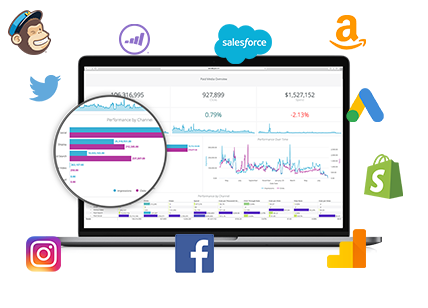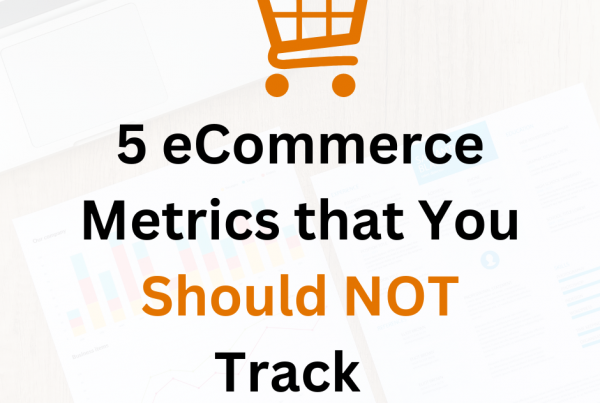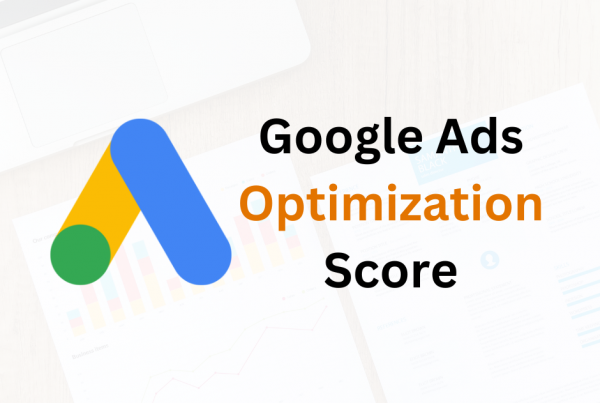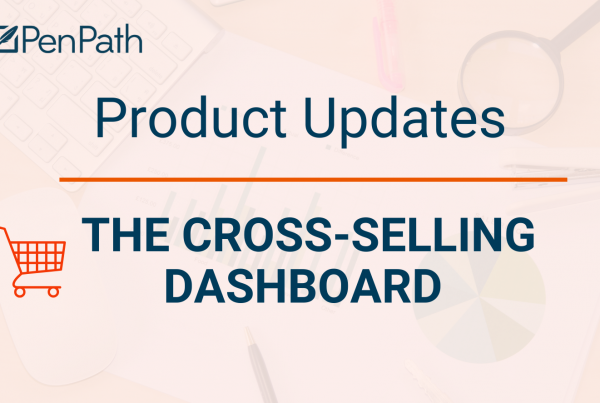Data-driven this, data-driven that… We all know the decision-making for a business should factor in key measurements and data, but how? Why?
To optimize your company’s marketing strategies and increase sales. The quality of metrics that go into measurement methods is crucial in streamlining your effective decision-making. Here are some tips on establishing your company’s ideal measurement strategy:
I. Not all KPIs will help you.
To use your metrics like a pro, you have to start by identifying your company’s key performance indicators. Every KPI is different– know that each one relates to your platform uniquely. You can use this to classify the ones you use by strength. This is critical in shaping a robust measurement strategy:
- First, focus on understanding how different KPIs impact your company on different levels. You need to do this to narrow down the metrics that you want to use in your measurement strategy. Take a tiered approach to organizing your KPIs and metrics. If a certain performance indicator is less relevant to your e-commerce platform, you can consider it a lower-tier KPI. Start by assigning your metrics to different tiers of strength or levels of efficacy. This will make it easier to pick your core metrics in the end.
- Evaluate the quality of each metric by gauging its relevance and efficacy. Can you accurately measure your company’s marketing and sales performance based on website traffic? What about average order value, or even shopping cart abandonment? These KPIs will be valuable in your measurement strategy if, and only if, they mark growth and slowth for your strategies. Take note of your favorites based on this.
- Establish a concrete rating system. Here you can quantify your metrics based on quality from 1 to 10. This way, you can establish your favorite metrics accurately and employ the best ones.
II. Stay Goal Oriented
The next key step in mastering your company’s measurement strategy: Ensuring your goals are aligned in the short term and long term, based on your marketing and sales objectives. Start by constructing a comprehensive framework based on your overarching business goals.
- Tailor the way you select metrics to this unique business context you will build, considering goals and challenges.
- Say your immediate aim is amplifying sales of a specific product. Your framework should spotlight metrics tethered to this objective. You can focus on metrics like click-through rate on Google and Facebook Ads or conversion rate for your product page. This syncs your metrics with your business’s strategy and performance objectives.
- Remember to ensure that the metrics you pick and your company’s broader objectives go hand-in-hand so that your decision-making is well-informed.
III. Tracking relevance is your best friend.
Regularly assess how effective your chosen metrics are in monitoring the success of your company’s strategies. This is how you will KEEP your marketing data insights accurate in real time.
- Your clientele, marketing atmosphere, success, and industry will always be changing. As we discussed earlier, this means your measurement strategy will have to as well. But how exactly do you determine when it’s right to make changes and what metrics to change?
- Say your chosen metrics are website traffic, bounce rate, and conversion rate. Consumers and users in your industry get all their product info on TikTok and Instagram now. Here’s where metric relevance is your best friend. Paying attention to this can show you that website traffic might not be a relevant metric anymore. If you hadn’t tracked these metrics’ relevance, you’d continue spending time, money, and skills on recording your website traffic unnecessarily.
- The best way to determine if your measurement strategy is consistently working for your company is to assess yourself and your team. Allocate tasks, projects, and improvements based on skill levels for maximum efficiency. Once you have a solid system for accomplishing your company’s objectives, you can measure the efficacy of your metrics by setting benchmarks for yourself and your company. Staying transparent with yourself and your team about whether or not goals are being met will give you the answer to whether or not your metrics are still working.
IV. Analysis Takes Teamwork
Picking your metrics is the easy part. Measurement requires heavy data collection and analysis. You and your team should all be bringing valuable assets to the table that you can employ here. Pair this with using technology to your advantage, and your measurement strategy is golden.
- Analysis takes work. Find a balance between your team’s unique skill sets and what technology can provide for you in terms of data collection to assess your business’ performance. With multiple different metrics, you will need to work closely with your teams’ data-driven contributors to interpret insights. You can most easily get these insights through dashboards, compiling all of your key metrics into one place.
- Tip: Keep it accessible. No one will work towards the growth of your company if they don’t know where it needs to improve. This means making your real-time data insights across all platforms available to account executives, project managers, and employees alike. People must be able to reference data at all times to make the right decisions with it.
- Using automated dashboards for this will bring your tailored measurement strategy to life efficiently.
So, how do you create the perfect measurement strategy?
Assess which KPIs are right for your marketing objectives, tailor your measurement strategy to your company goals, regularly track the relevance of your metrics, and properly employ your team skill sets and technology through dashboards. By doing this, you can make the right decisions for your company to streamline growth.
Book a demo with us to access your company’s insights–the right way.





